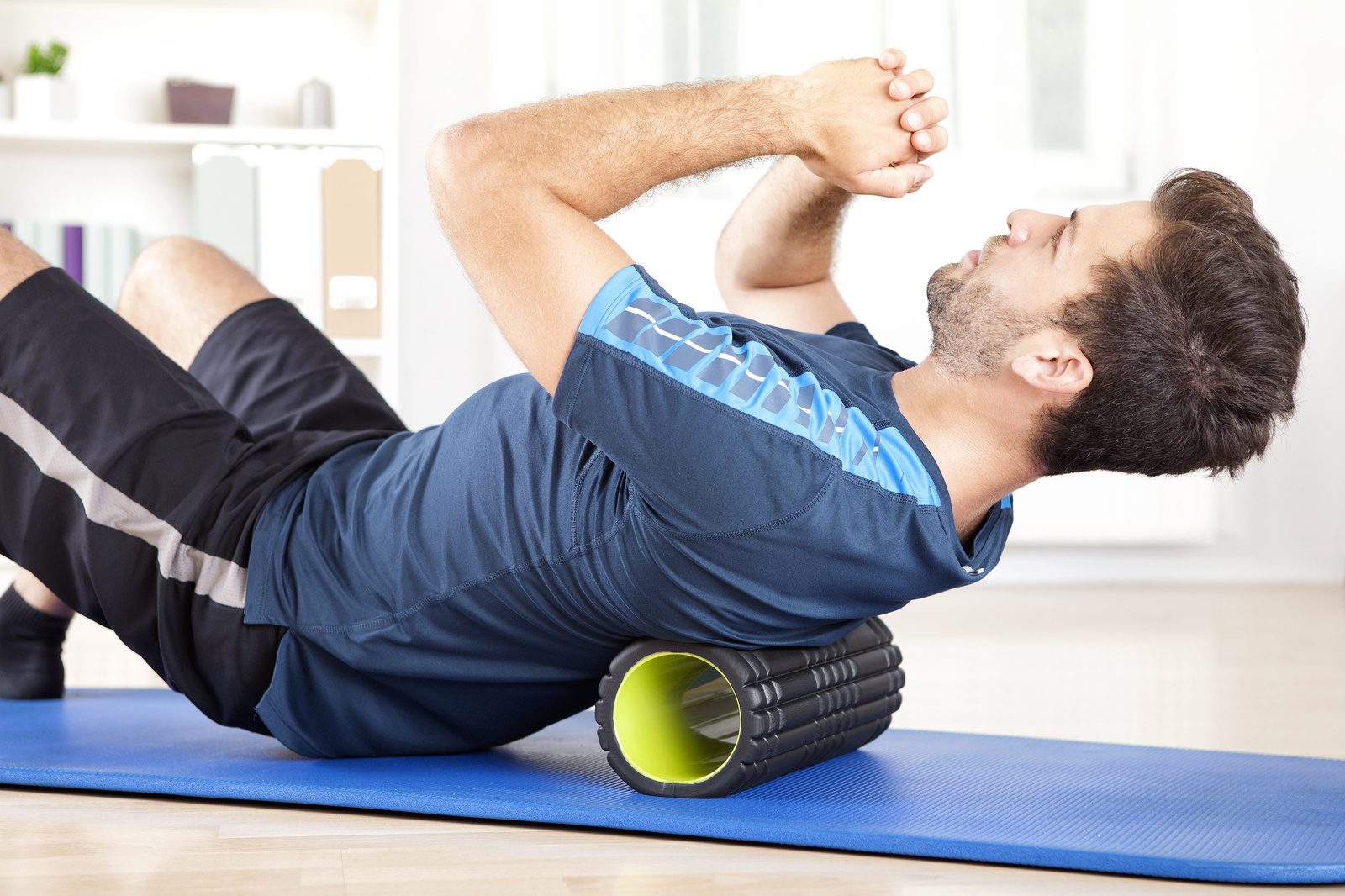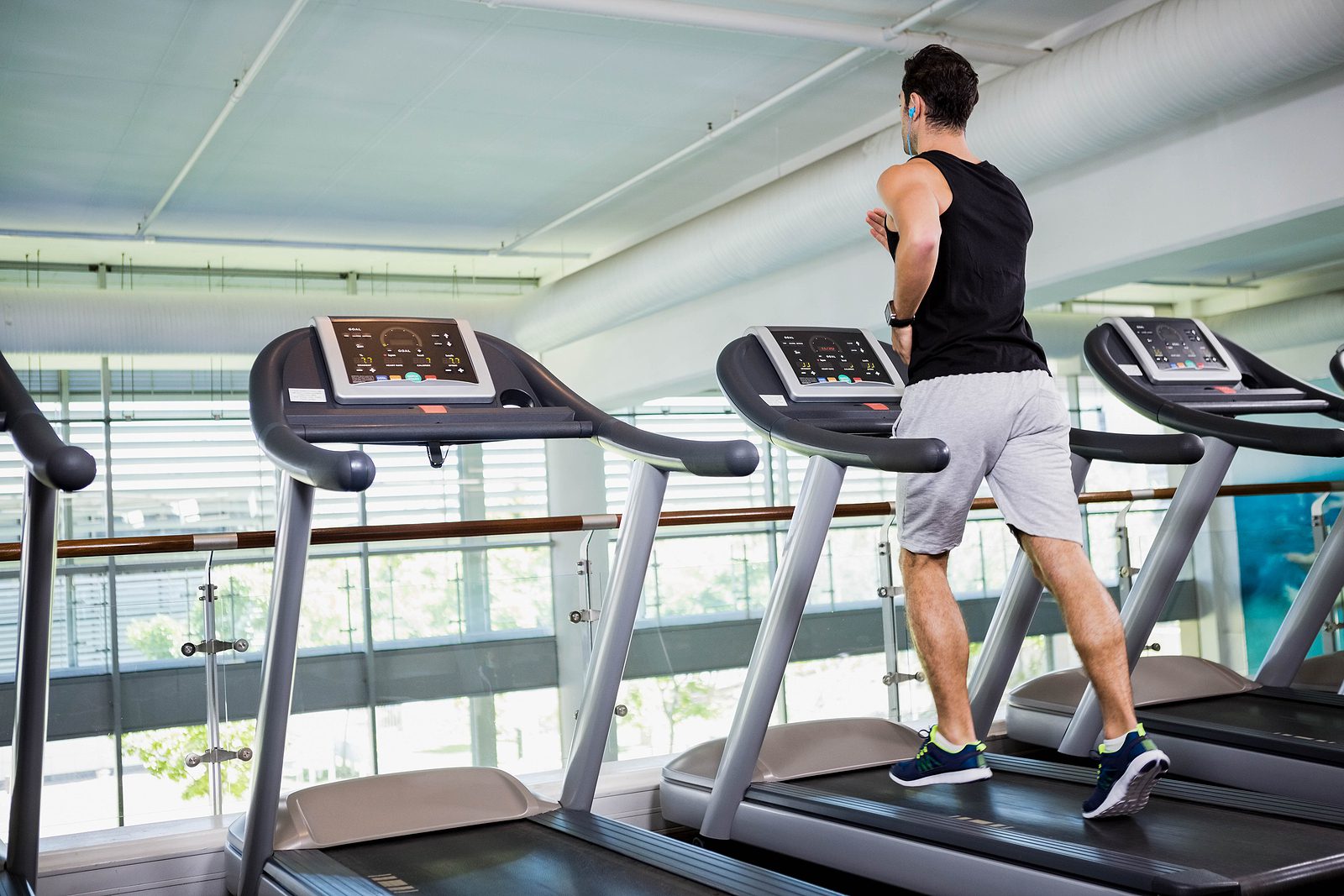 As a frequent (or not-so-frequent) gym goer, you know the drill: get to the club, do whatever workout you have scheduled for that day, and get out. Great. Next. Move on and do it all again the following day. And the day or two after that. Awesome. You’re working your program. You’re making progress. You’re sore, and that’s a good thing, right? Not always. The repetitive and dynamic movements of the workouts (yes, even those workouts you LOVE!) may give you desired results, but can also produce muscular imbalances due to injury, reduced range of motion, loss of strength, and even pain. This is the time for some self-care.
As a frequent (or not-so-frequent) gym goer, you know the drill: get to the club, do whatever workout you have scheduled for that day, and get out. Great. Next. Move on and do it all again the following day. And the day or two after that. Awesome. You’re working your program. You’re making progress. You’re sore, and that’s a good thing, right? Not always. The repetitive and dynamic movements of the workouts (yes, even those workouts you LOVE!) may give you desired results, but can also produce muscular imbalances due to injury, reduced range of motion, loss of strength, and even pain. This is the time for some self-care.
Self-care generally refers to self-massage using therapy balls and foam rollers as well as stretching techniques to restore balance. New research has revealed that a balanced nervous system and healthy connective tissue (fascia) are keys to pain-free living. These two components work together to provide whole-body support, protection, and mind-body communication.
Day-to-day living activities such as sitting at a desk, carrying children and heavy bags, and even gentle exercise can create tension in our bodies. Emotional, mental, and environmental stressors also contribute to this tension.
Foam rolling, self-massage, self-myofascial release, etc., all work to release muscle tightness and trigger points. The techniques work to improve the quality of the body’s connective tissue and restore movement, as well as balance tension around joints. By applying pressure to specific points on your body, you’re able to aid muscle recovery and return to normal function.
Foam rolling or myofascial release techniques vary, and there are many different philosophies as to what type of a foam roller is best. Regardless of whether you use a soft or dense roller, there are many reasons to foam roll regularly. Some of these include: injury prevention and speedier recovery, improved mobility and flexibility, removal and breaking up of scar tissue, as an aid to recovery, improved neuromuscular efficiency, and can even use as a workout tool. Check out some of the websites below for more information and tips on which techniques may work best for you.
MELT Method
Trigger Point Performance Therapy
Easy Foam Rolling Exercises to Relieve Pain
Foam Rolling for Self Care
Sources:
http://www.completethecircuit.com/top-6-benefits-of-self-myofascial-release-or-foam-rolling/
https://www.nytimes.com/2015/01/02/arts/a-class-in-the-melt-method-of-body-work.html


